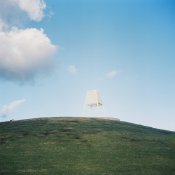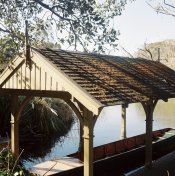Diffraction
Member
Hey all,
Since this forum loves Rolleiflexes, I thought I'd chime in with something I'm wondering about!
I really like my Rolleiflex 3.5A (aka MX, aka K4A, probably made around 1951). It has a Zeiss-Opton Tessar T, which I've found to be sharp from f5.6, and I like the contrast and rendering. My one complaint is that it is prone to flaring in brighter circumstances. A lens hood helps but doesn't completely eliminate this, as far as I can tell so far.
Now this is of course something I can manage, and it's not the end of the world. But it did make me wonder whether a more recent Rolleiflex would fare better. As far as I can tell, my 3.5A should already have a single coating, and multi-coating wasn't introduced to the Rolleiflexes until much later, with the 2.8GX. But even among single coatings, perhaps progress was made over the years? Essentially I'd be curious whether e.g. a 3.5F or 2.8F from the 70s, say, is likely to be more flare-resistant than my old 50s one.
Curious to hear any experiences you've had!
Since this forum loves Rolleiflexes, I thought I'd chime in with something I'm wondering about!
I really like my Rolleiflex 3.5A (aka MX, aka K4A, probably made around 1951). It has a Zeiss-Opton Tessar T, which I've found to be sharp from f5.6, and I like the contrast and rendering. My one complaint is that it is prone to flaring in brighter circumstances. A lens hood helps but doesn't completely eliminate this, as far as I can tell so far.
Now this is of course something I can manage, and it's not the end of the world. But it did make me wonder whether a more recent Rolleiflex would fare better. As far as I can tell, my 3.5A should already have a single coating, and multi-coating wasn't introduced to the Rolleiflexes until much later, with the 2.8GX. But even among single coatings, perhaps progress was made over the years? Essentially I'd be curious whether e.g. a 3.5F or 2.8F from the 70s, say, is likely to be more flare-resistant than my old 50s one.
Curious to hear any experiences you've had!













